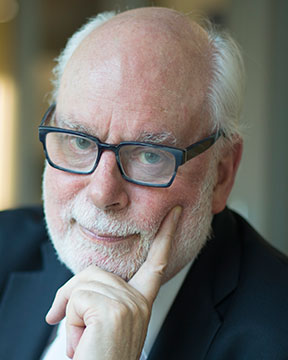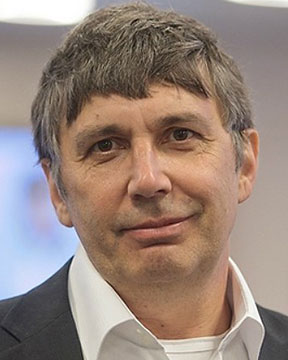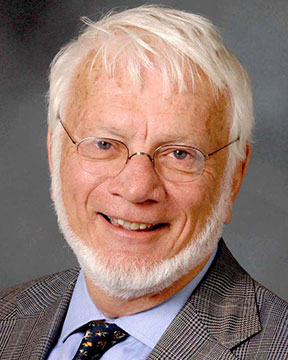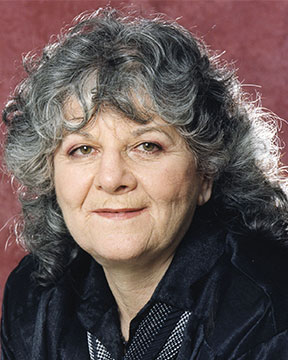



















 |
Emmanuel MoussetReactions and Chemical Engineering Laboratory (LRGP) / CNRS - University of Lorraine (UMR 7274)New Way Of Free Hydroxyl Radical (•oh) Reaction Mode Evidenced By Advanced Electrochemical Process Amatore International Symposium on Electrochemistry for Sustainable Development Back to Plenary Lectures » |
Abstract:Hydroxyl radical (•OH) is a very powerful oxidizing agent (E°(•OH/H<sub>2</sub>O) = 2.8 V/SHE), second after fluorine. The presence of unpaired electron confers to •OH a very high reactivity towards organic and inorganic compounds, through three action modes established until now: (i) hydrogen abstraction; (ii) electrophilic addition to unsaturated bond; and (iii) electron transfer [1]. Its exceptional oxidation properties have attracted attention in many sectors, and especially in water and wastewater treatment. Thus, hazardous emerging micropollutants such as pesticides, pharmaceuticals, dioxin, etc. are released into the water bodies, being resistant to biodegradation in wastewater treatment plants and in natural waters. Recently, these contaminants have been successfully degraded by •OH involved in the so-called advanced oxidation processes (AOPs). However, •OH has been considered in several studies as unreactive with perhalogenated alkanes (C<sub>x</sub>X<sub>y</sub>) since they don't have any hydrogen atoms or non-saturated bonds, and they possess a high degree of oxidation due to the electrons of the carbon atoms that are drawn toward the halogen. Interestingly, CCl<sub>4</sub> could be degraded in a Fenton process, while superoxide ion (O2<sup>*-</sup>) that is a weak nucleophile and reductant was suggested to be responsible for its degradation; still, the mechanisms of CCl<sub>4</sub> degradation remain unclear. Emerging electrochemical AOPs (EAOPs) offer the advantage to continuously generate •OH in situ in the electrolytic cell according to the electrode materials employed [2]. Excitingly, the implementation of EAOPs highlighted the primary role of •OH radicals for CCl<sub>4</sub> degradation according the ipso-substitution of the radical onto the perhalogenocarbon compound [3]. This new route of •OH oxidation opens up many applications, especially in environmental applications. |
|